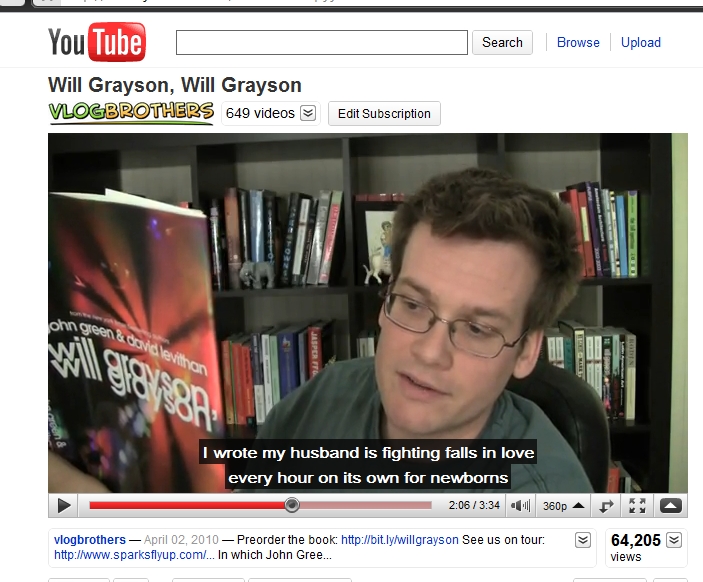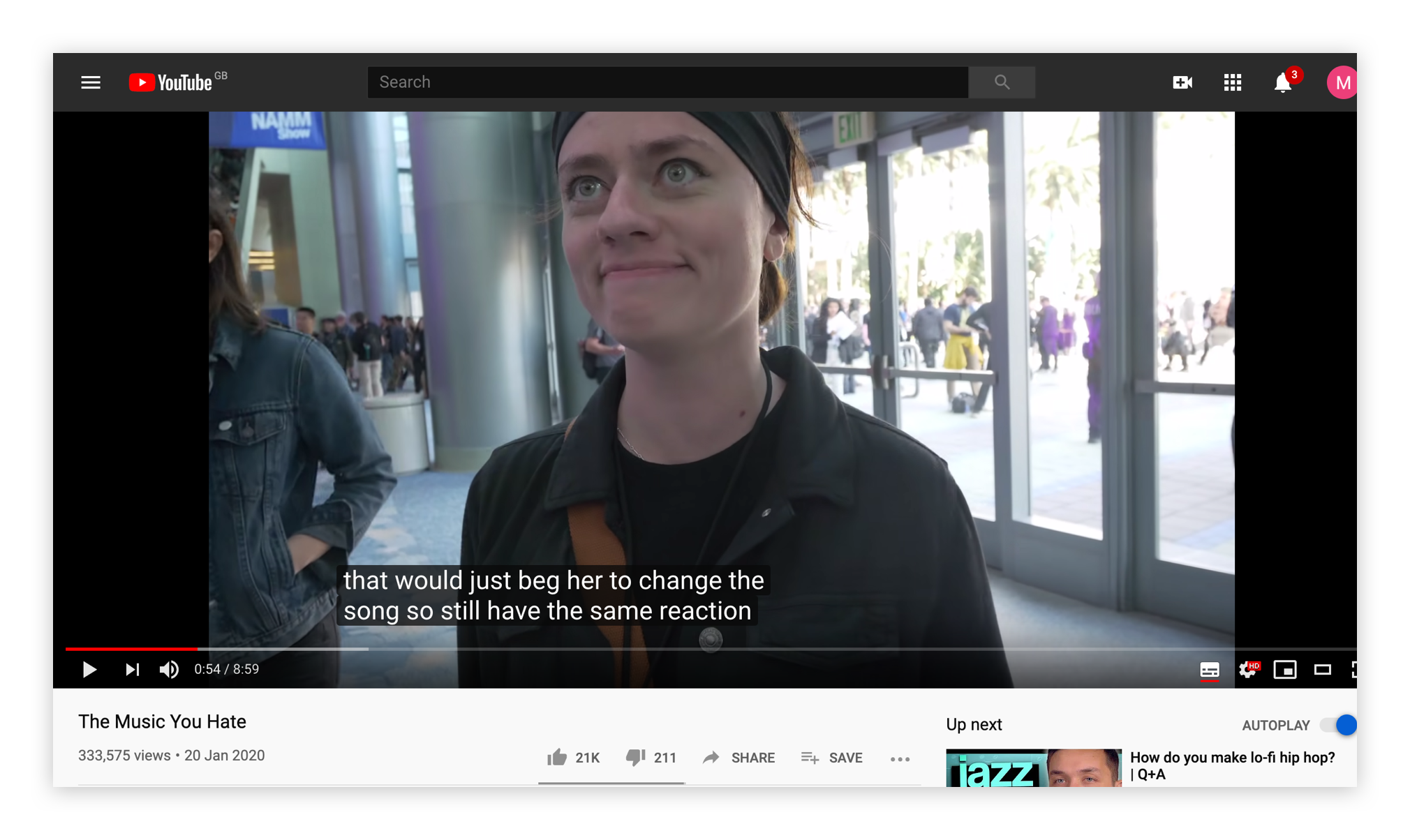

To upload your own captions, follow the process outlined above, but click the “Upload file" option from the Subtitles page. Like most other major social media platforms, YouTube also supports user-created caption files that utilize the SubRip (SRT) format and other common formats.

For instance, if your video features an audience clapping or laughing, you’ll want to include these sounds in your subtitles.

YouTube’s automatic transcription is excellent at generating subtitles - a text reproduction of dialogue - but it might miss important sounds that provide context. Save your changes and publish the transcription.You can make changes and adjust the timing to ensure that the captions are synced to your video. Select “Edit.” On this screen, you’ll see the automatic transcript.This process usually takes about 10 minutes, but can vary depending on the length of the video. YouTube will generate automatic subtitles. Select the “Subtitles" tab on the left side of the screen.You can also enter YouTube’s Edit view by clicking “Manage Videos" from your home view.The button’s on the bottom-right side of the video in desktop view. Select the “Edit Video" button below your video.You’ll want to review your automatic transcriptions thoroughly before promoting your video. However, automatic transcripts can’t always provide appropriate context, and mistakes can still occur. YouTube has one of the most powerful automatic transcription services available anywhere, and all users have access to this feature. Captions can also help screen readers interpret videos accurately. Closed captions can also be useful for people who don’t have hearing loss - if someone wants to view your video in a public space or they’d simply prefer to keep their sound turned off, your closed captions ensure that they don’t miss your message. Understand YouTube’s closed captions and automatic transcription featuresĪbout 48 million Americans have some form of hearing loss, and closed captions can help these users enjoy your content on YouTube. In this blog, we’ll address a few simple ways to ensure your YouTube channel provides a better experience for all of your followers - regardless of their abilities.įor more tips, check out our article Social Media Accessibility: Quick Tips for Improving Your Reach. However, videos with inaccurate closed captions or misleading titles can create accessibility barriers. Thanks to Google’s focus on digital accessibility, much of that content is fairly useful for people with disabilities.

With 1.86 billion users worldwide, the service hosts an incredible amount of content. Google’s YouTube is easily the world’s most popular video platform.


 0 kommentar(er)
0 kommentar(er)
